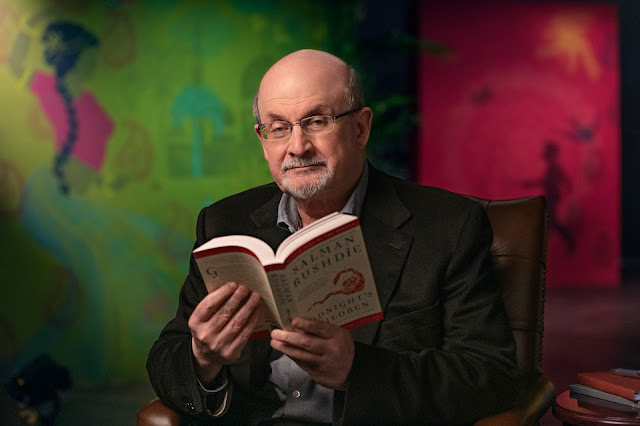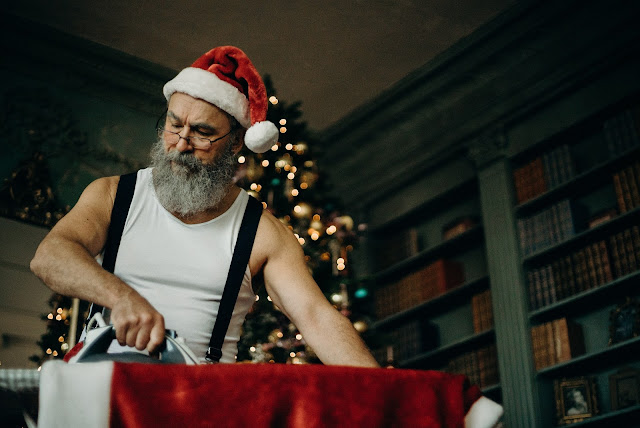![[Blog Tour] 'Beneath Black Clouds and White' By Virginia Crow #HistoricalFiction](https://blogger.googleusercontent.com/img/b/R29vZ2xl/AVvXsEgtoooIqnxKjAiywZQ55c83tszqf95BJxWU95JQS4FfpdULylqhlHO2pcE3FDKZ2cdsVsOe-17LxuqX7TO6eHhdz2J7cGXPz_z4dlFwAvH9wgPnb-hiTKPuQRpCHbZjHCzJAO6vgyDVbCVa/w640-h360/Beneath+Black+Clouds+and+White+Tour+Banner+copy.png) |
| 'Beneath Black Clouds and White' By Virginia Crow - Blog Tour Banner |
The Book:
Beneath Black Clouds and White- Publication Date: 11th April 2019
- Publisher: Crowvus
- Print Length: 637 Pages
- Genre: Historical Fiction/Military Fiction/Family Saga
The Blurb:
Despite adoring his family and enjoying frequenting gaming tables, Captain Josiah Tenterchilt’s true love is the British Army and he is committed to his duty. As such, he does not hesitate to answer the army’s call when King Louis XVI of France is executed.
Accompanied by his wife to Flanders, Josiah finds his path crosses with a man who could not be more different from him: an apprentice surgeon named Henry Fotherby. As these two men pursue their own actions, fate and the careful connivance of a mysterious individual will push them together for the rest of their lives.
But it is a tumultuous time, and the French revolutionaries are not the only ones who pose a threat. The two gentlemen must find their place in a world where the constraints of social class are inescapable, and ‘slavery or abolition’ are the words on everyone’s lips.
- Beneath Black Clouds and White is the prequel to Day's Dying Glory, which was published by Crowvus in April 2017.
![[Blog Tour] 'Beneath Black Clouds and White' By Virginia Crow #HistoricalFiction](https://blogger.googleusercontent.com/img/b/R29vZ2xl/AVvXsEjLS0kwGp73V37d7XiBNYftxk5t0-67OUnYEwJ3l43h8fO2aUSwZPzNms71mN1q5l6frZTDJQqYflmeKGHmVLI9572nj21nqHmTiHrbWS50Vc8R7bGTHv5nj6FwTj5bq2xUtRndafmwDpBR/w424-h640/BBCaW+copy.jpg) |
| 'Beneath Black Clouds and White' By Virginia Crow - Front Cover |
Beneath Black Clouds and White - Excerpt:
Major Tenterchilt nodded and walked into his study and, pulling open the top drawer, he looked down at the pistol that rested there. He lifted it up and studied it with a fascination but set it down quickly as the door opened and his wife walked in.“Good lord, Josiah! What are you doing with that?”
“Sparing you from terrible news.”
“Surely you mean robbing me,” she continued, her usual measured approach returning to her tone. “Robbing me of an explanation.”
“Robbing you of your inheritance, my dear.”
“Major Tenterchilt,” she began, pushing the pistol beyond his reach and kneeling down beside where he sat on the chair. “You have claimed all that was mine since that day we met. Do you recall it? Meeting on the roadside. I still wonder what made me talk to you. It was most out of character.”
“You would have been better if you had not done.”
“What has happened?” she asked fearfully. “For I cannot imagine life without you.”
“You were wearing a yellow gown and wide brimmed bonnet,” he whispered, smiling sadly across at her. “I was more nervous than I had ever been in my life.”
“Thomas was horrified,” she replied as she leaned forward and kissed his cheek. “For a lady to talk to a soldier without introduction? It was unheard of. But I knew. I knew even then.”
“And you shared all that you had with me, and I have lost it.”
“Lost it?” she whispered as she leaned away from him and stared hard at his guilty face. “What have you lost?”
“Our home, my dear. I have lost it all to a man who, I am certain, sat at the table with the sole intention of humiliating me.”
“You gambled Chanter’s House?” she hissed, rising to her feet. “How could you?”
“And the estate. I had a certainty of winning,” he responded as he dropped his head into his hands. “I could not lose.”
“And yet you did.”
“Every day for the past fifteen years I have thanked God that your carriage wheel splintered. Until now. This night I lament it.” He reached across the table and picked up the pistol. “As you can see, my dear, it would have been better if you had left the door unopened and me with this.”
Mrs Tenterchilt stared at her husband, willing herself to hate him for taking this house and the land that had been her only gift from the mother she had lost so many years ago. But, as she watched him lift the pistol, she tried to imagine her life without him and she felt an emptiness seize her. She snatched the gun from him and threw it across the room.
“I cannot believe that you have lost the house and estate, and I cannot bear to consider what is to become of us and our daughters. But nor can I bear to face it alone. Do not leave me, Major Tenterchilt, for I do not think I shall survive without you.”
Rising to his feet, Major Tenterchilt embraced his wife, trying to find the strength to support her but feeling that, in truth, she was by far the stronger half of the couple. For her own part, she needed her husband and loved him far more than she could admit at this moment.
The following day Mrs Tenterchilt rose early and ensured that she had time to discuss matters with her husband before he departed for Horse Guards. She sat at the dressing table and watched his reflection as he came to stand behind her.
“I shall visit Mr Dermot today,” she said flatly. “He will be able to advise us on what is the correct course of action.”
“Thank you, my dear.” He leaned forward and kissed her hair.
“There is something more, Josiah,” she said sternly, turning to face him. “I cannot bear that this might ever be repeated. Therefore, you must make me a promise.”
“What is it?”
“I will not tolerate gambling of any kind. For I have lost greatly to it and gained so little. And know this,” she added, steeling herself to speak the words that she had tried to contrive through the sleepless hours. “If you should fail in this promise, I shall take our daughters and begin a new life for us, for I shall not have you lose all that is theirs as well as my own.”
Major Tenterchilt stared down at her, his face becoming hard and stern.
“I mean it, Josiah,” she continued. “I will not compromise my children for a roll of a dice or a turn of a card.”
- Buy Links: Amazon UK • Amazon US • Smashwords • Kobo • Barnes and Noble
![[Blog Tour] 'Beneath Black Clouds and White' By Virginia Crow #HistoricalFiction](https://blogger.googleusercontent.com/img/b/R29vZ2xl/AVvXsEhqsRSBSXsglJK2yRPnObltU4qxZu7L_wO85hz1pDy_heGFa9cpbE0ToLF1_sLa2IbK3VzrJIZo8F9ELn-Yq5ITnBNOsp7syZP9MSVsvKU_88NIJjgzrhouc60iROl7hsTViF2VEd6QrwOb/w420-h640/VC+Author+Photo+copy.jpg) |
| Virginia Crow |
Author Bio:
Virginia Crow grew up in Orkney, using the breath-taking scenery to fuel her imagination and the writing fire within her. Her favourite genres to write are fantasy and historical fiction, sometimes mixing the two together such as her newly-published book "Caledon". She enjoys swashbuckling stories such as the Three Musketeers by Alexandre Dumas and is still waiting for a screen adaption that lives up to the book! When she's not writing, Virginia is usually to be found teaching music, and obtained her MLitt in "History of the Highlands and Islands" last year. She believes wholeheartedly in the power of music, especially as a tool of inspiration. She also helps out with the John O'Groats Book Festival which is celebrating its 3rd year this April. She now lives in the far flung corner of Scotland, soaking in inspiration from the rugged cliffs and miles of sandy beaches. She loves cheese, music and films, but hates mushrooms.

![[Blog Tour] 'Beneath Black Clouds and White' By Virginia Crow #HistoricalFiction](https://blogger.googleusercontent.com/img/b/R29vZ2xl/AVvXsEilxCYoVasheQ1V7-4yK1eXd6qHoaWrwuUQdVNf3t8Te7rWBOeuWFnncZEXQVF_X_WH9nihyUkkiZbeDkGmVm_lE4evNvC8eNjE-uU53IIlGoyNyRGxnxa6wlZQfCbdElAywOZ9H-A6mPtt/w640-h360/new+banner.png)














































